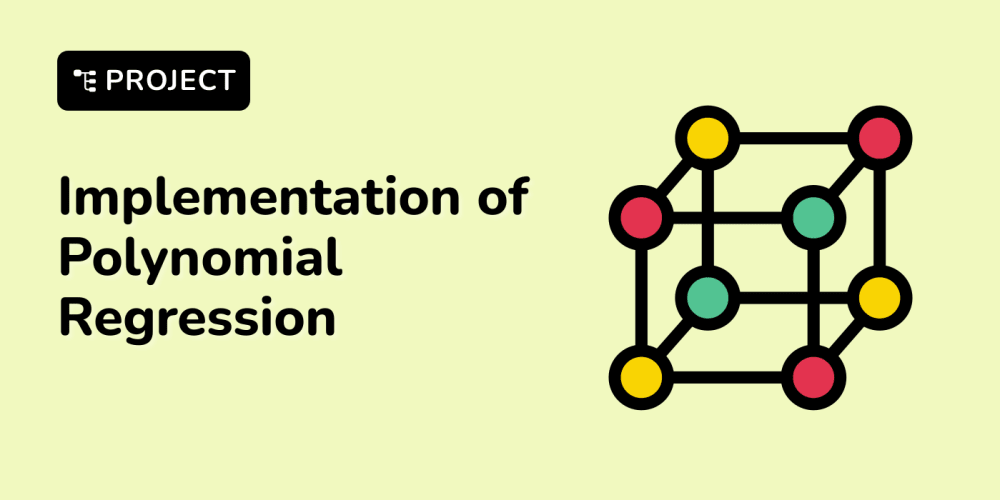In today's digital landscape, the complexity and sophistication of cyber threats are on the rise, prompting organizations to continuously seek ways to strengthen their security measures. To effectively safeguard their systems, they turn to two pivotal frameworks: MITRE ATT&CK and NIST CSF. But what do these frameworks actually accomplish, and how do they enhance the security of our digital lives? Let's explore the intricacies of MITRE ATT&CK and NIST CSF to uncover the answers.
Understanding the MITRE ATT&CK Framework
MITRE ATT&CK, pronounced “miter attack,” is a framework designed to help us understand and categorize the methods cyber adversaries use in their attacks. Created by MITRE, a not-for-profit organization focused on cybersecurity research and development, the acronym “ATT&CK” stands for “Adversarial Tactics, Techniques, and Common Knowledge.” This framework is an invaluable resource for cybersecurity experts and enthusiasts alike.
The MITRE ATT&CK framework is composed of several key components:
- Tactics: High-level goals of cyber attackers, such as gaining initial access or exfiltrating data.
- Techniques: Specific actions taken to achieve these tactics, like phishing to gain access.
- Procedures: Detailed descriptions of how techniques are implemented.
- Software: The tools and malware used by attackers.
- Mitigations: Strategies and actions to defend against these techniques.
- Data Sources: Logs and information that can help detect and investigate attacks.
- Detection: Methods to identify signs of malicious activity within data sources.
Understanding the NIST CSF Framework
The NIST CSF, or National Institute of Standards and Technology Cybersecurity Framework, is a voluntary, risk-based framework developed by the U.S. government to help organizations manage and improve their cybersecurity posture. Widely used across various industries, the NIST CSF provides a navigational tool for enterprises to safeguard against cyber threats. It is flexible and adaptable to the specific needs and risks of different organizations.
The NIST CSF breaks down into five main functions:
- Identify: Understanding what needs protection.
- Protect: Implementing safeguards to secure assets.
- Detect: Monitoring systems for potential threats.
- Respond: Having a plan to address detected incidents.
- Recover: Restoring normal operations after an attack and improving defenses.
Why Use MITRE ATT&CK and NIST CSF Together?
NIST CSF provides the foundational framework for an organization’s cybersecurity governance, while MITRE ATT&CK offers detailed guidance on defending against specific cyber threats. NIST CSF's broad structure focuses on overall risk management, setting the stage for what needs to be done. In contrast, MITRE ATT&CK delves into the specifics of adversary tactics, techniques, and procedures, providing practical details on how to defend against real-world threats.
Combining NIST CSF and MITRE ATT&CK gives organizations a comprehensive cybersecurity strategy. NIST CSF outlines the high-level goals and governance structure, while MITRE ATT&CK provides the detailed steps and methods to achieve these goals. This synergy enables organizations to create proactive and reactive cybersecurity strategies tailored to their specific risks, ultimately enhancing their ability to protect their networks and data.
Key Differences: MITRE ATT&CK vs. NIST CSF
When comparing MITRE ATT&CK and NIST CSF, several key differences emerge. MITRE ATT&CK serves as a threat intelligence framework, focusing specifically on adversary tactics and techniques. In contrast, NIST CSF is a cybersecurity risk management framework, offering a holistic approach to managing cybersecurity risks. MITRE ATT&CK provides a detailed view of the tactics, techniques, and procedures (TTPs) used by threat actors, while NIST CSF covers a broader scope of risk management.
MITRE ATT&CK is tactical, emphasizing specific techniques and providing extensive adversary behavior data. It includes components such as tactics, techniques, procedures, and groups. On the other hand, NIST CSF is strategic, focusing on overall risk and offering high-level guidance through its core functions: Identify, Protect, Detect, Respond, and Recover.
While MITRE ATT&CK is not prescriptive and offers observations based on known threat behavior, NIST CSF includes prescriptive security controls that are adaptable to various industries. MITRE ATT&CK is adversary-centric, focusing on the actions of cyber adversaries, whereas NIST CSF is organization-centric, covering risk factors relevant to different organizations.
For incident response, MITRE ATT&CK provides specific techniques, whereas NIST CSF offers a broader incident response plan. Both frameworks establish a common language—MITRE ATT&CK for describing threats and NIST CSF for managing cybersecurity. Additionally, MITRE ATT&CK emphasizes continuous monitoring of the threat landscape, while NIST CSF promotes ongoing improvement of security programs.
In terms of industry applicability, MITRE ATT&CK is particularly relevant for organizations with a focus on threat intelligence, while NIST CSF is applicable across various industries for risk management. Both frameworks are customizable: MITRE ATT&CK for specific threats and environments, and NIST CSF for organization-specific risk profiles.
Conclusion
While both MITRE ATT&CK and NIST CSF have their unique strengths, the best approach is to leverage both frameworks together. NIST CSF helps assess and manage overall security, and MITRE ATT&CK provides detailed tactics and techniques to defend against specific threats. By integrating the strengths of both frameworks, organizations can develop robust cybersecurity strategies that address both the high-level governance and detailed practical aspects of cyber defense.



















